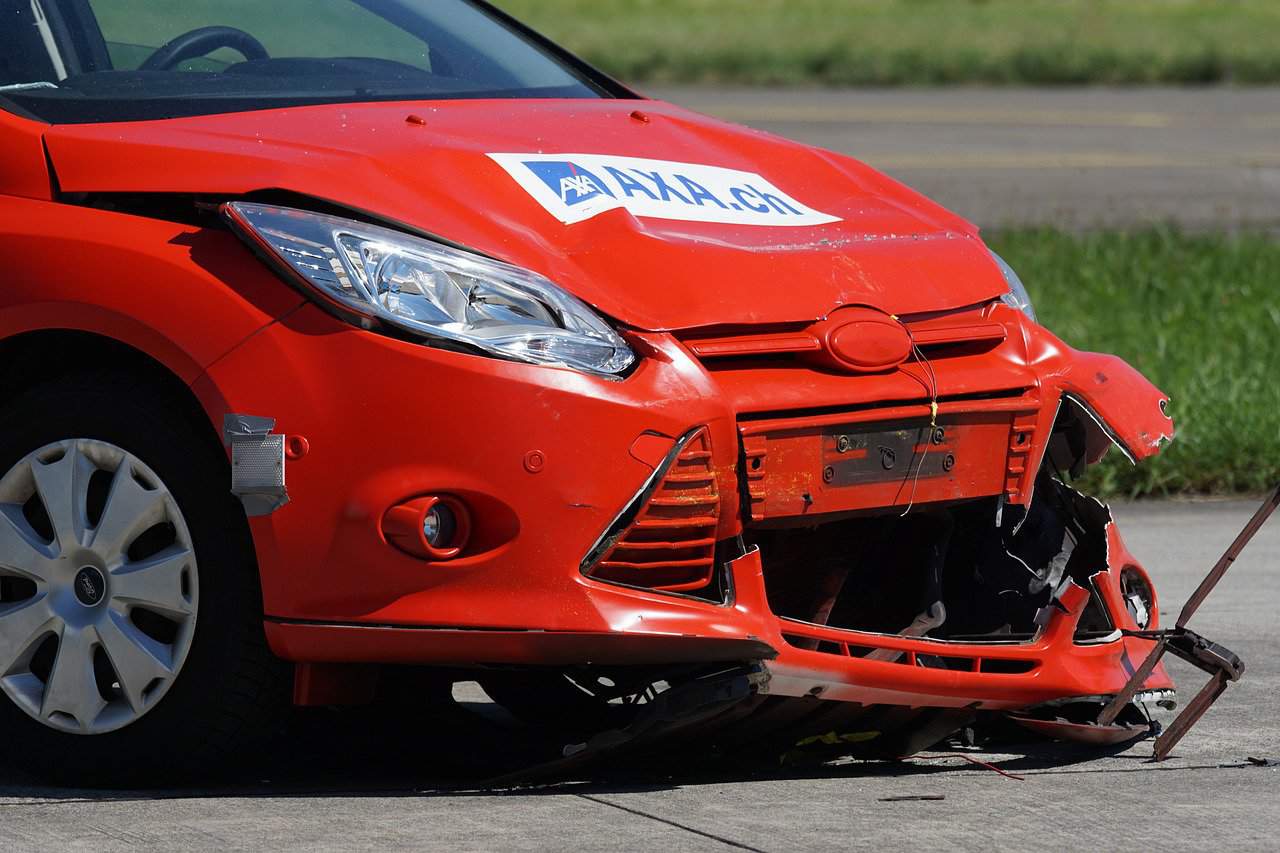Liability Car Insurance: A Comprehensive Guide to Finding the Best Deals
Introduction:
Finding the best deals on liability car insurance is crucial for every vehicle owner. Liability insurance not only protects you from financial loss in the event of an accident, but it is also a legal requirement in nearly every state. With diverse options and varying coverage levels available, securing a competitive price can be challenging. This article will guide you through the essentials of liability car insurance, what it covers, key factors that influence pricing, and effective strategies to find the best deals.
What Does Liability Car Insurance Cover?
Liability car insurance is divided into two essential categories:
-
Bodily Injury Liability (BIL): This coverage pays for medical expenses, lost wages, and legal fees for injuries inflicted on others in an accident for which you are at fault. It may also provide compensation for pain and suffering, ensuring that you can address the financial implications of your actions on others[1][3][5].
-
Property Damage Liability (PDL): This coverage is designed to pay for the repair or replacement of another person’s property, which could include vehicles, fences, or buildings affected by the accident[1][3][5].
Understanding the scope of these coverages is critical in determining the right policy for your needs and can help tailor your insurance search.
Importance of Liability Car Insurance
Liability car insurance is not just a good idea; in most places, it is mandated by law. Operating a vehicle without it can lead to severe financial repercussions as well as legal penalties. Being adequately covered ensures that, in the event of an accident, you are protected against the tremendous costs that could arise from injury claims or property damage claims from affected third parties[1][2][3].
Factors Influencing Liability Car Insurance Costs
Several factors can affect what you will pay for liability car insurance:
-
State Regulations: Each state has unique minimum coverage requirements, significantly impacting premiums. For example, states with higher mandatory coverage levels usually have higher rates[2].
-
Driver Profile: Your driving history, age, and even your credit score can influence costs. Typically, younger drivers and those with a history of accidents or poor credit may see higher premiums[2][4].
-
Location: If you reside in an urban area, increased traffic leads to a higher risk of accidents, which could cause higher insurance rates[2].
- Coverage Limits: Opting for higher coverage limits increases your protection but also results in higher premiums[5].
Tips for Getting the Best Price on Liability Car Insurance
Here are some effective strategies to help you secure competitive rates on liability car insurance:
-
Compare Quotes: Don't settle for the first quote you receive. Take the time to shop around and compare rates from various insurance providers. This will give you a better perspective on what constitutes a fair price for your coverage needs[4].
-
Increase Deductibles: If you can manage higher out-of-pocket costs in case of a claim, consider increasing your deductibles. This often results in significantly lower monthly premiums[4].
-
Drop Unnecessary Coverages: Focus on essential coverages rather than add-ons that may not be required. This may help trim down your insurance bill[4].
-
Maintain a Good Driving Record: Adhering to safe driving practices helps you avoid accidents and tickets, both of which can lead to premium discounts over time[2].
-
Leverage Discounts: Look for potential discounts that might be available from your insurer. Many companies offer reduced rates for safe driving, bundling multiple policies, or taking defensive driving courses[4].
-
Use Online Tools: Make use of online comparison tools that can help you quickly identify the best options and pricing suited to your requirements[4].
For additional guidance, check out our article on unlocking the best deals on car insurance, which dives deeper into effective strategies for securing affordable insurance coverage.
Conclusion
Liability car insurance is a critical part of car ownership that helps protect you financially from accidents. By fully understanding its coverage, the factors that influence your costs, and employing the tips outlined above, you can find the best deals that ensure you meet both legal obligations and personal protection needs.
Always take the time to compare quotes, maintain a clean driving record, and explore any potential discounts to keep your premiums manageable. Effective research and strategic planning are key to maximizing your savings on liability car insurance.
Disclaimer: This article is for informational purposes only. Please consult with a professional before making any insurance decisions.
Next Steps
Now that you've explored the ins and outs of liability car insurance, take the following actionable steps to secure the best deals:
-
Assess Your Coverage Needs: Determine the level of coverage required for your state, as well as any additional coverage you may need based on your financial situation and driving habits.
-
Gather Multiple Quotes: Use online comparison tools to collect quotes from various insurance providers. Aim for at least three to five estimates to ensure you’re getting a fair price.
-
Evaluate Your Driving Profile: Reflect on your driving history and assess if any adjustments can be made to potentially lower your premiums, such as improving driving habits or rectifying any issues affecting your credit score.
-
Explore Coverage Limits: Review your current liability limits and consider adjusting them based on your comfort level with out-of-pocket expenses in case of an accident. Understand that higher limits typically mean higher premiums.
-
Identify Potential Discounts: Inquire with each insurance provider about available discounts, such as those for safe driving courses or bundling multiple types of insurance.
-
Stay Informed: Keep yourself updated with state laws regarding liability insurance requirements by reading resources such as this article on liability coverage.
- Regularly Review Your Policy: Once you have chosen a provider, make it a habit to review your insurance policy annually. This practice will help you stay aware of changes in coverage needs, state regulations, or potential savings opportunities.
Disclaimer: Before taking any action based on this information, please consult with a professional to ensure it aligns with your personal circumstances.
